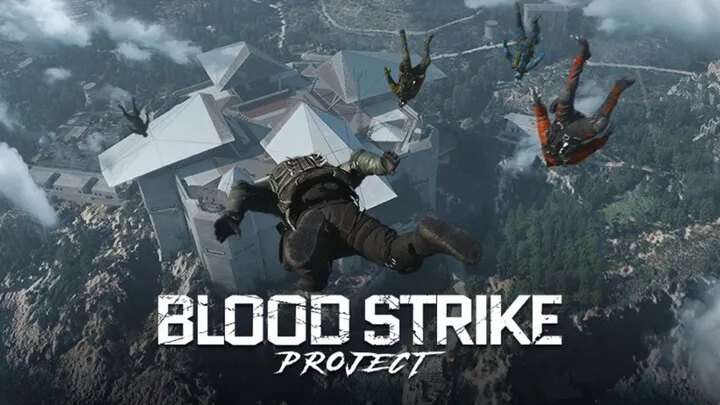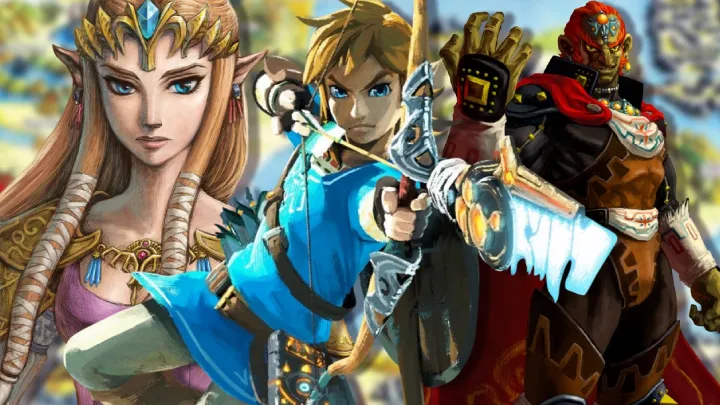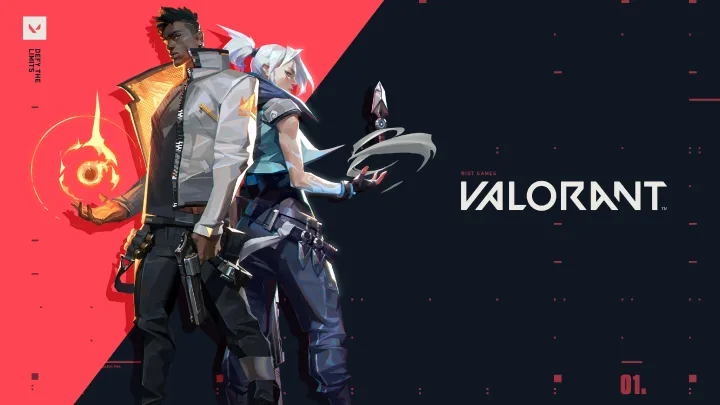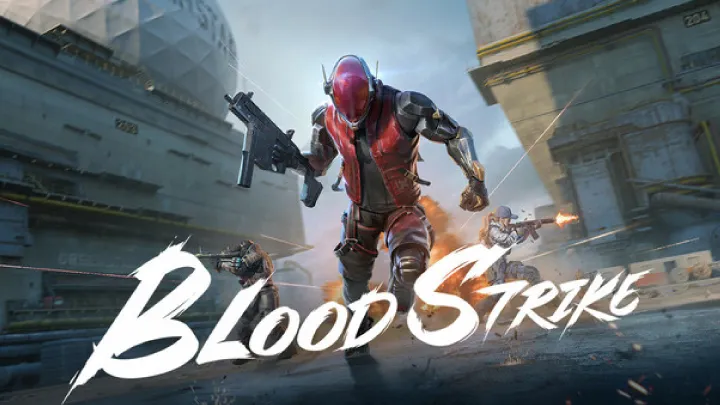In 2025, TikTok continues to dominate the short-video market, boasting billions of users worldwide. However, its success has also sparked fierce competition. Platforms across the globe are racing to deliver new features, improved creator monetization, and stronger community-driven ecosystems. For creators and viewers alike, this competition has opened the door to fresh choices and innovative experiences that redefine how short video content is consumed.
The following list introduces ten of the most important short-video apps in 2025 that compete directly with TikTok. These apps are not only chasing TikTok’s crown but also building unique strengths that attract both established influencers and everyday users.
1. YouTube Shorts
YouTube Shorts has grown from a side experiment into a core part of Google’s video ecosystem. With its integration into YouTube’s massive platform, creators have an unmatched advantage: their short videos can coexist with long-form content, live streams, and community posts.
Key Features
- Direct integration with the YouTube Partner Program
- Seamless transition between Shorts and traditional videos
- Advanced recommendation algorithms
Strengths and Weaknesses
The main strength of YouTube Shorts is its discoverability. Because Shorts appear alongside YouTube’s main content, creators gain broader exposure. However, some users argue Shorts still lack the originality and viral spontaneity TikTok thrives on.
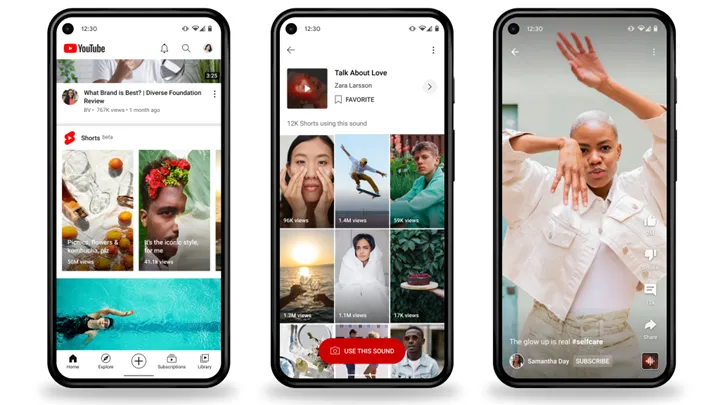
2. Instagram Reels
Meta’s Instagram Reels has positioned itself as the stylish, trend-driven alternative to TikTok. Reels live inside Instagram’s broader ecosystem of photos, stories, and DMs, making it an attractive option for lifestyle influencers and fashion brands.
Unique Appeal
- High engagement through shopping features
- Strong ties to influencer marketing
- Integration with Instagram’s massive ad system
Reels’ weakness lies in saturation. Users often complain about algorithmic repetition and recycled TikTok content. Yet, in 2025, Instagram has rolled out AI-powered personalization tools to boost original creativity.
3. Snapchat Spotlight
Initially underestimated, Snapchat Spotlight has carved out a loyal audience. Spotlight builds on Snapchat’s roots—ephemeral, casual communication—by encouraging authentic, bite-sized clips instead of overproduced content.
Why It Stands Out
- Revenue-sharing model for creators
- Strong Gen Z adoption
- Built-in augmented reality (AR) filters
Spotlight competes with TikTok by offering AR innovations, making it the go-to for experimental creators. Its challenge remains scalability, as its audience is still smaller compared to TikTok’s global reach.
4. Kwai
Kwai, developed in China, is a rising star outside its home market. It thrives in Latin America, Southeast Asia, and Africa, offering localized content strategies that resonate with regional cultures.
Key Features
- Local language emphasis
- Interactive live-streaming
- Heavy investment in music partnerships
Kwai’s strength is inclusivity. While TikTok often skews toward urban trends, Kwai empowers local voices and regional influencers. The trade-off is limited penetration in Western markets, where competition is fiercest.
5. Triller
Triller positions itself as the “music-first” short-video app. It has collaborated with major record labels and musicians, creating a strong identity among aspiring artists.
Advantages
- Built-in video editing tools with AI assistance
- Music industry partnerships
- Creator-first monetization
Triller is attractive for musicians and performance creators, but critics note its limited mainstream adoption compared to giants like YouTube or Instagram. Still, it’s a serious competitor in the niche of music-driven short videos.
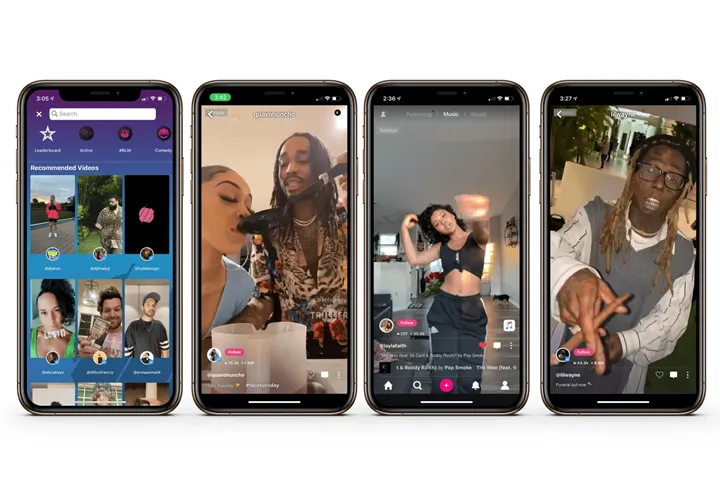
6. Zynn
Originally controversial due to aggressive marketing tactics, Zynn has rebranded in 2025 as a creator-centric short-video hub. It focuses on gamified engagement, where viewers earn rewards for participating in challenges and trends.
Highlights
- Gamified ecosystem
- Integrated e-commerce
- Focus on community challenges
Zynn appeals to younger demographics eager for interactive experiences. However, it struggles with trust issues due to its past controversies, something it continues to work on rebuilding.
7. Likee
Likee, developed by BIGO Technology, has consistently ranked among the top short-video apps globally. Its focus on AI-driven video effects makes it attractive for creators who love special effects and visual experimentation.
Distinctive Elements
- Real-time beauty and AR filters
- Short drama series and mini-films
- Community-driven challenges
Likee’s global expansion strategy positions it as a direct rival to TikTok, though it sometimes lacks the cultural dominance TikTok has built.
8. Byte
Byte, created by a co-founder of Vine, was initially overshadowed but has found a resurgence in 2025. It markets itself as the spiritual successor to Vine, offering six-second looping videos designed for maximum creativity.
Strengths
- Focus on originality
- Support for micro-creators
- Niche community-driven culture
Byte doesn’t aim to replace TikTok but rather complements it, appealing to those nostalgic for Vine’s humor and creativity. Its smaller, dedicated base ensures high engagement, though growth remains limited.
9. Lemon8
Owned by ByteDance, the parent company of TikTok, Lemon8 surprisingly positions itself as a competitor by focusing on lifestyle, wellness, and curated short content.
Features
- Highly aesthetic-driven feed
- Focus on wellness, food, and fashion
- Seamless cross-promotion with TikTok creators
Lemon8 is carving a niche among lifestyle influencers, particularly those who want a more Instagram-like environment but with TikTok’s algorithmic power. Its challenge is avoiding cannibalization with TikTok itself.
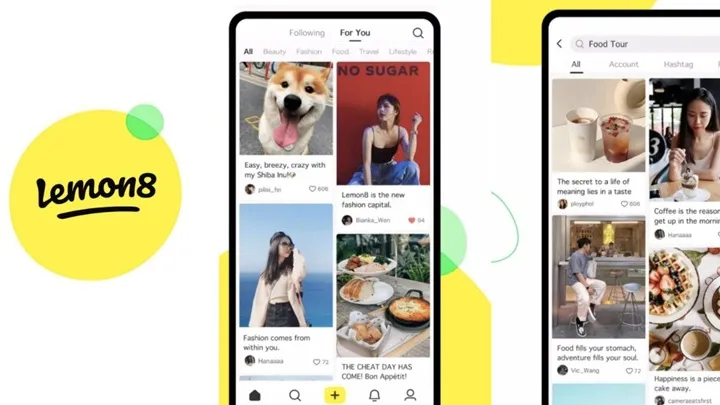
10. Rizzle
Rizzle is an underrated but promising app that encourages original short-series content. Instead of focusing only on memes and trends, Rizzle allows creators to build episodic shows.
Why It Matters
- Episodic content creation
- Monetization for niche creators
- Strong focus on storytelling
In 2025, Rizzle is especially appealing for educators, storytellers, and comedians who prefer structured short-form content rather than viral randomness.
Conclusion
In 2025, TikTok remains the giant in short-video entertainment, but competition has never been stronger. Platforms like YouTube Shorts and Instagram Reels thrive on their massive ecosystems, while apps like Kwai and Likee push forward with localized innovation. Meanwhile, niche players like Byte and Rizzle remind us that creativity doesn’t always need billions of views—it needs the right audience.
For creators and viewers, this competition is a blessing. It ensures innovation, better monetization, and diverse spaces to express ideas. As the short-video landscape evolves, these apps collectively challenge TikTok’s dominance, making the digital stage more dynamic than ever.








